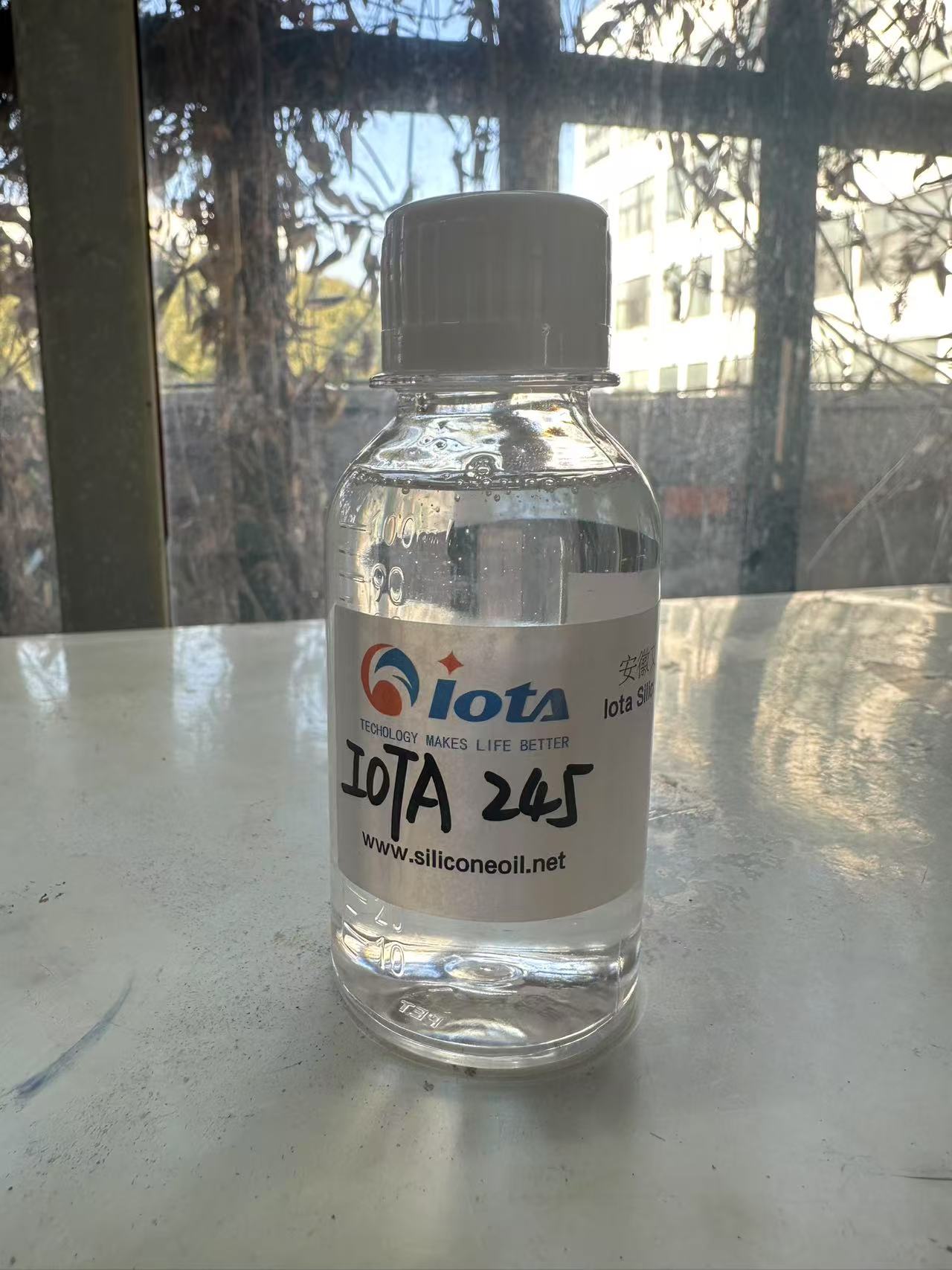
1. What is a silicone wetting agent?
Silicone wetting agents are a class of chemical additives with polysiloxane as the main component. Its molecular structure is composed of a skeleton composed of alternating silicon (Si) and oxygen (O), and the side chain can be connected to organic groups such as methyl, ethoxy, and hydroxyl. This unique structure gives silicone wetting agents amphiphilicity: ** hydrophobic groups (such as methyl) and hydrophilic groups (such as hydroxyl) ** work together to make it compatible with water and reduce the interfacial tension between liquid and solid.
The core function is to help liquids spread quickly on the solid surface to avoid the formation of droplets or bubbles. For example, when we spray water on glass, ordinary water droplets will gather into beads due to high surface tension, but after adding silicone wetting agents, the water will quickly spread into a uniform water film.
2. Scientific principle: How to crack surface tension?
The core task of the wetting agent is to reduce the surface tension of the liquid. Surface tension is the cohesive force between molecules on the surface of the liquid, which causes the liquid to tend to shrink into a minimum surface area (such as a sphere). Silicone wetting agents work through the following mechanisms:
Molecular adsorption: Wetting agent molecules are adsorbed on the surface of the liquid, and the hydrophobic groups are arranged outward, reducing the attraction between the molecules inside the liquid, thereby reducing the surface tension.
Interface spreading: On the solid surface, the wetting agent forms a molecular film, reducing the contact angle between the liquid and the solid (the smaller the contact angle, the better the wettability), so that the liquid is evenly covered.
Dynamic penetration: In microscopic pores or rough surfaces, wetting agents can quickly penetrate, reduce liquid retention, and improve wetting efficiency.
For example, when adding silicone wetting agents to pesticide spraying, the liquid can quickly adhere to the surface of plant leaves and even penetrate into the wax layer on the surface of pests, significantly improving the efficacy of the drug.
III. Application scenarios: all-round penetration from industry to life
1. Paint and ink industry
Adding silicone wetting agents to coatings can effectively solve problems such as "shrinkage" and "fish eyes" and make the coating evenly cover the substrate. For example, when spraying car paint, wetting agents help the paint adhere better to the metal surface and reduce defects; adding wetting agents to printing inks can improve color saturation and paper coverage.
2. Agricultural field
In pesticide formulations, wetting agents can enhance the adhesion of the liquid to plant leaves and insect bodies, and reduce the loss caused by rain erosion. Studies have shown that adding 0.1% of silicone wetting agents can increase the utilization rate of pesticides by more than 30%.
3. Textiles and printing and dyeing
The surface of textile fibers often has an electrostatic or hydrophobic treatment layer, resulting in uneven dyeing. Wetting agents help dyes penetrate the fiber by reducing the surface tension of the dye solution, improving color fastness and brightness.
4. Daily chemical products
Silicone wetting agents (such as polydimethylsiloxane) in shampoo and skin care products can help active ingredients be evenly distributed on the surface of the skin or hair, while giving a smooth touch. For example, adding wetting agents to sunscreens can ensure that the sunscreen film is evenly formed to avoid protection loopholes.
5. Electronics and New Energy
In the manufacture of photovoltaic cells, wetting agents are used in silicon wafer cleaning fluids to help remove surface impurities; adding wetting agents to lithium battery electrolytes can improve the contact between electrode materials and electrolytes and improve battery charging and discharging efficiency.
4. Advantages of silicone wetting agents
Compared with traditional wetting agents (such as alkylphenol polyoxyethylene ethers), silicone wetting agents have the following advantages:
High efficiency: Very low addition amounts (0.01%~0.5%) can significantly improve wettability.
Heat resistance: The siloxane skeleton has high stability and is suitable for high or low temperature environments.
Environmental protection: Some traditional wetting agents are biotoxic (such as APEOs), while silicone wetting agents can be biodegraded through structural design.
Versatility: It has auxiliary functions such as defoaming, leveling, and antistatic.
V. Future Trends: Greening and Intelligence
With stricter environmental regulations and upgraded industrial demands, silicone wetting agents are evolving in two major directions:
Green and environmentally friendly: developing wetting agents based on bio-based siloxanes or degradable structures to reduce environmental burden. For example, low-toxicity products can be prepared through enzyme-catalyzed synthesis processes.
Functional intelligence: designing responsive wetting agents whose wettability can be dynamically adjusted with changes in temperature, pH or light. For example, in smart coatings, wetting agents can automatically adjust the hydrophilicity of the coating according to the ambient humidity.
In addition, the introduction of nanotechnology has brought new possibilities for wetting agents. For example, by combining nano-silica with silicone, super-hydrophobic or super-hydrophilic coatings can be prepared for self-cleaning glass or medical devices.
Conclusion
Although inconspicuous, silicone wetting agents are indispensable "lubricants" in the modern industrial system. From improving the utilization rate of pesticides to protect food security to optimizing the performance of electronic components to promote scientific and technological progress, its value has penetrated into all aspects of human society. In the future, with breakthroughs in materials science, more innovative results will surely emerge in this field, injecting new impetus into sustainable development.
 1. What is a silicone wetting agent?
1. What is a silicone wetting agent?